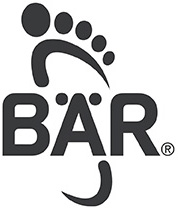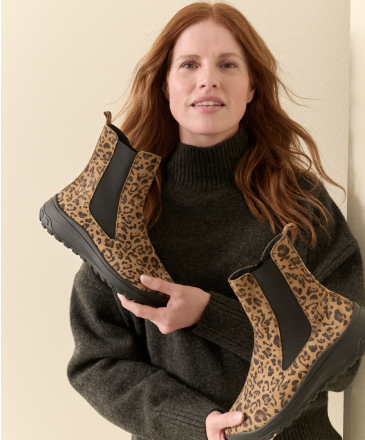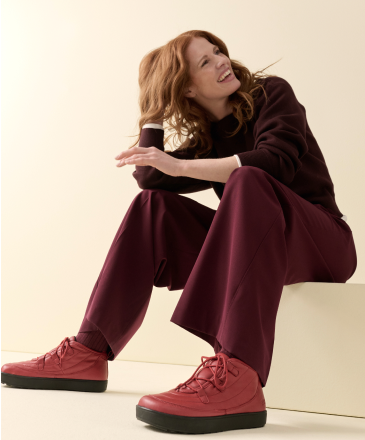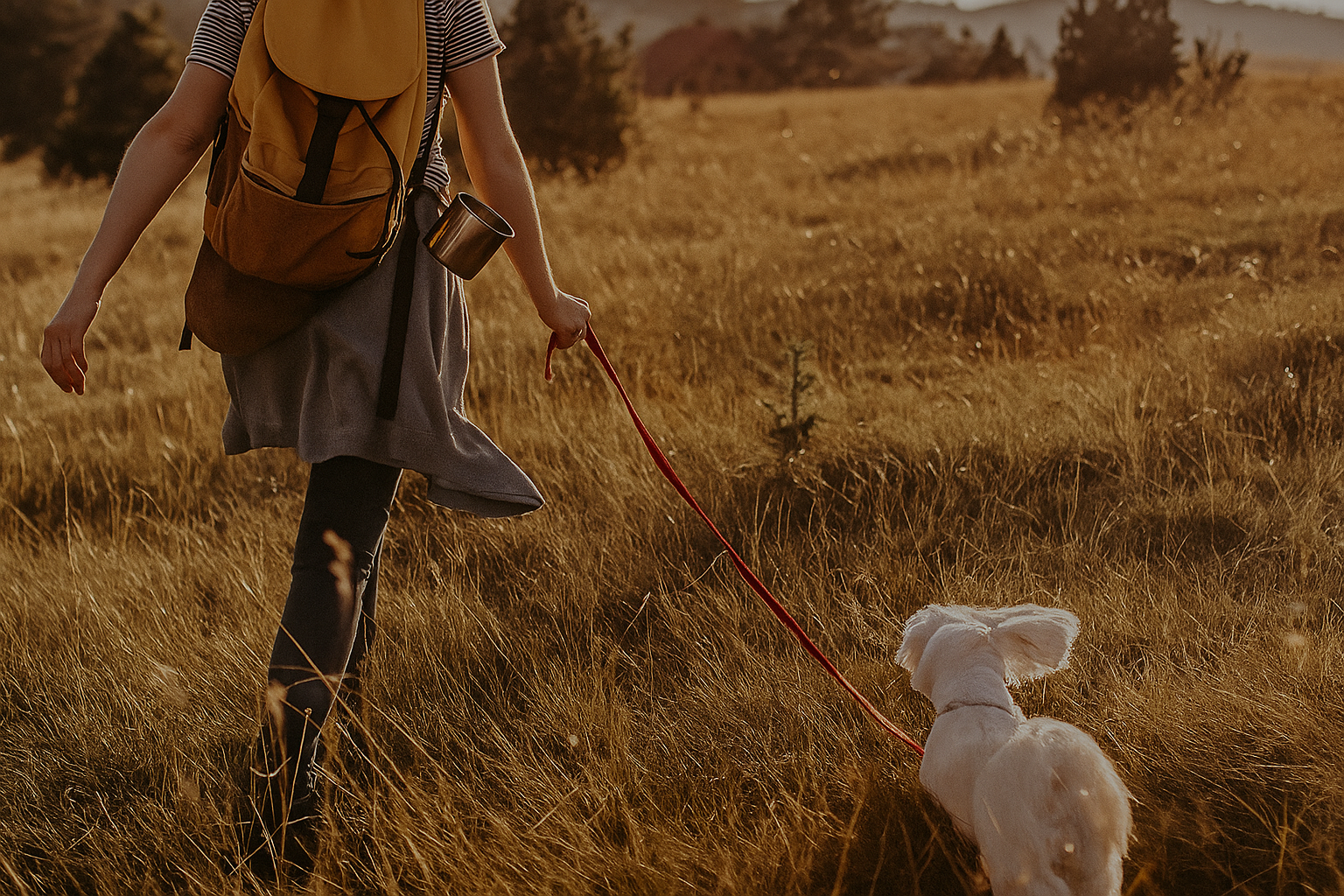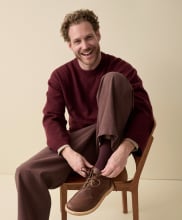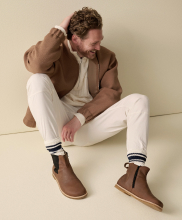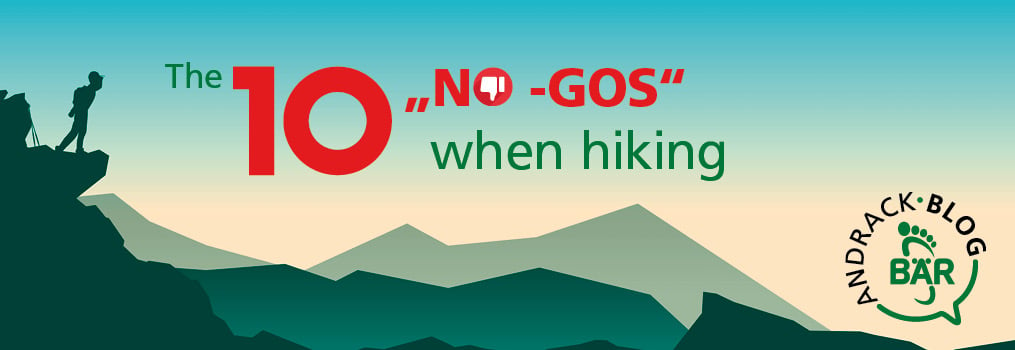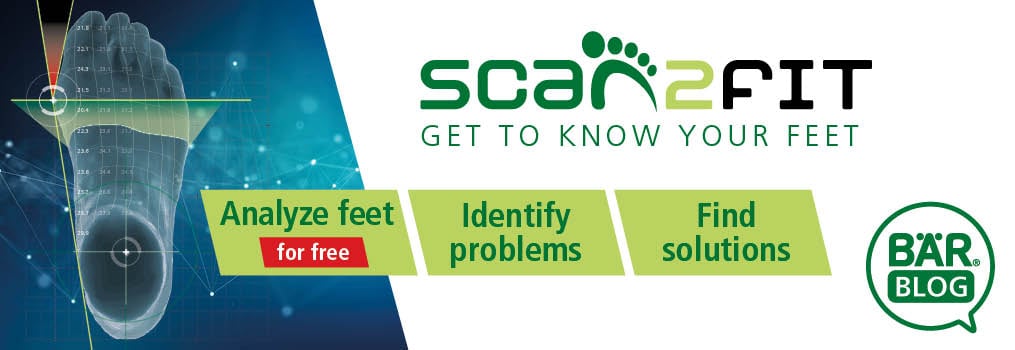Sensomotor skills
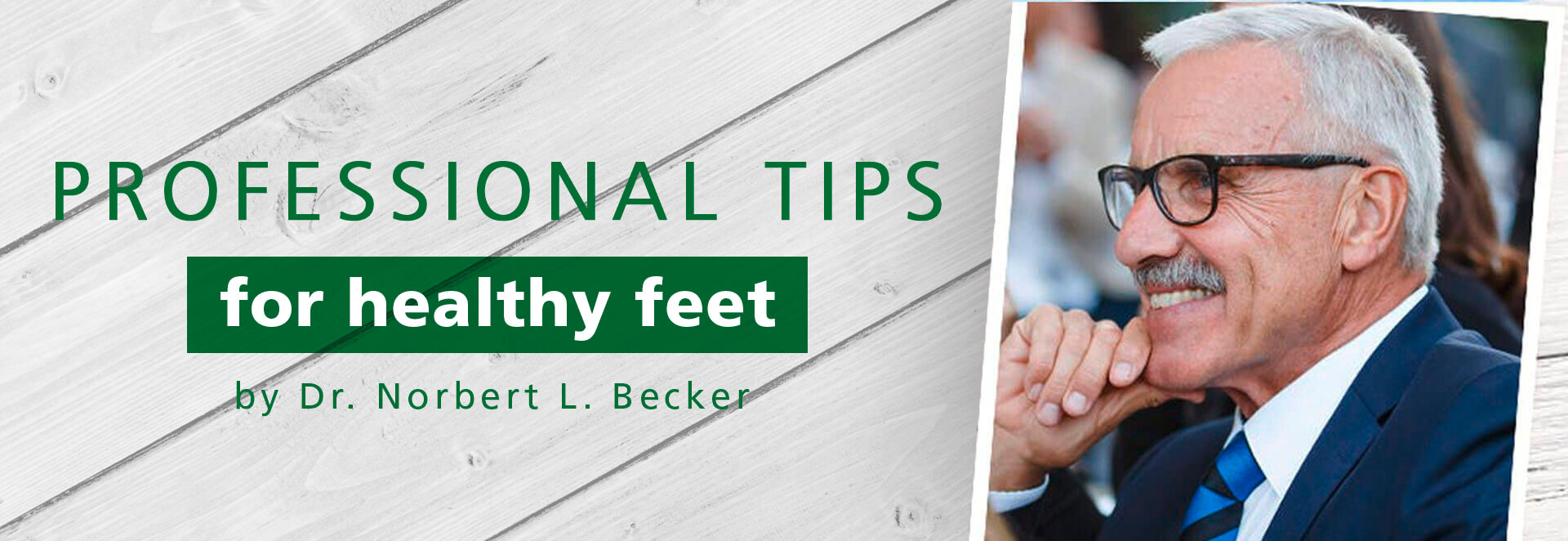
Exclusive tips from Dr. Norbert L. Becker
Sensorimotor skills
We have already learned a lot about the foot, dear readers of my blog! You have read about how the foot has developed, how it changes over the course of a lifetime, what gives it its inner support, what makes it tense, what makes it elastic and flexible.
But how is it that man stands on his feet without falling over? How can they walk without falling off the 'track'? How is it possible to stand on one leg, jump and hop? How can our heroes play soccer without twisting their ankles or misstepping - at least most of the time?
Like our entire body, our feet are equipped with a multitude of sensors. These convey important information to us. They tell us whether it is warm or cold on our feet or what pressure is acting on the foot and where. The soles of our feet are as densely packed with sensitive elements as our hands. And we are all aware of how extremely sensitive our hands are. Millions of sensors on the feet transmit their information via the nerve pathways to the central nervous system of our body and therefore also to the brain: this is how we find out how much pressure is acting on the sole of the foot, what the structure and temperature of the ground we are standing on is like and whether the surface is calm or vibrates or sways like a rowing boat when we step into it. The respective position of the ankle and foot joints is also reported to the control center.
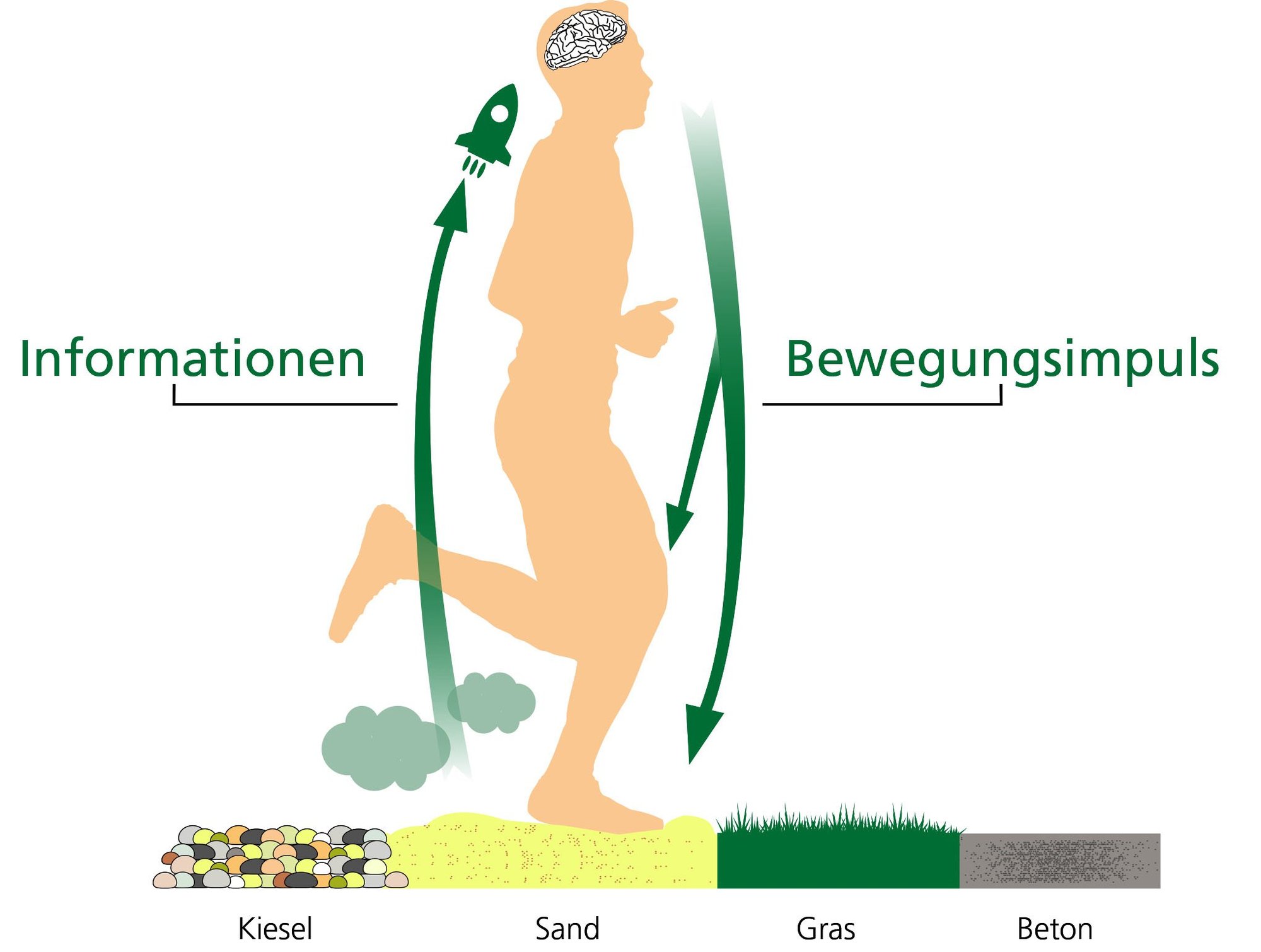
With its sensory system, the foot also gives us an impression of the footwear we are wearing. Is it rather support and stability that we feel or rather instability, e.g. because of a high heel? Do the toes have enough room and does the shoe give us a sense of well-being or does it constrict the foot and put pressure on it?
The sensory information is processed in the brain and an image is created - consciously or unconsciously - of the current stress situation, the environmental influences, the position of the body, its movement and its speed in space. Perceptions via the eyes and the vestibular system also supplement the peripheral information to form a complete picture in the brain.
The brain coordinates this variety of information at lightning speed, compares it with stored information and movement patterns that we have learned throughout our lives and then issues commands to the muscles via the nervous system to control the body and coordinate the elements of the musculoskeletal system. Signals are therefore sent from the central system to the periphery and our feet learn which movements should be carried out.
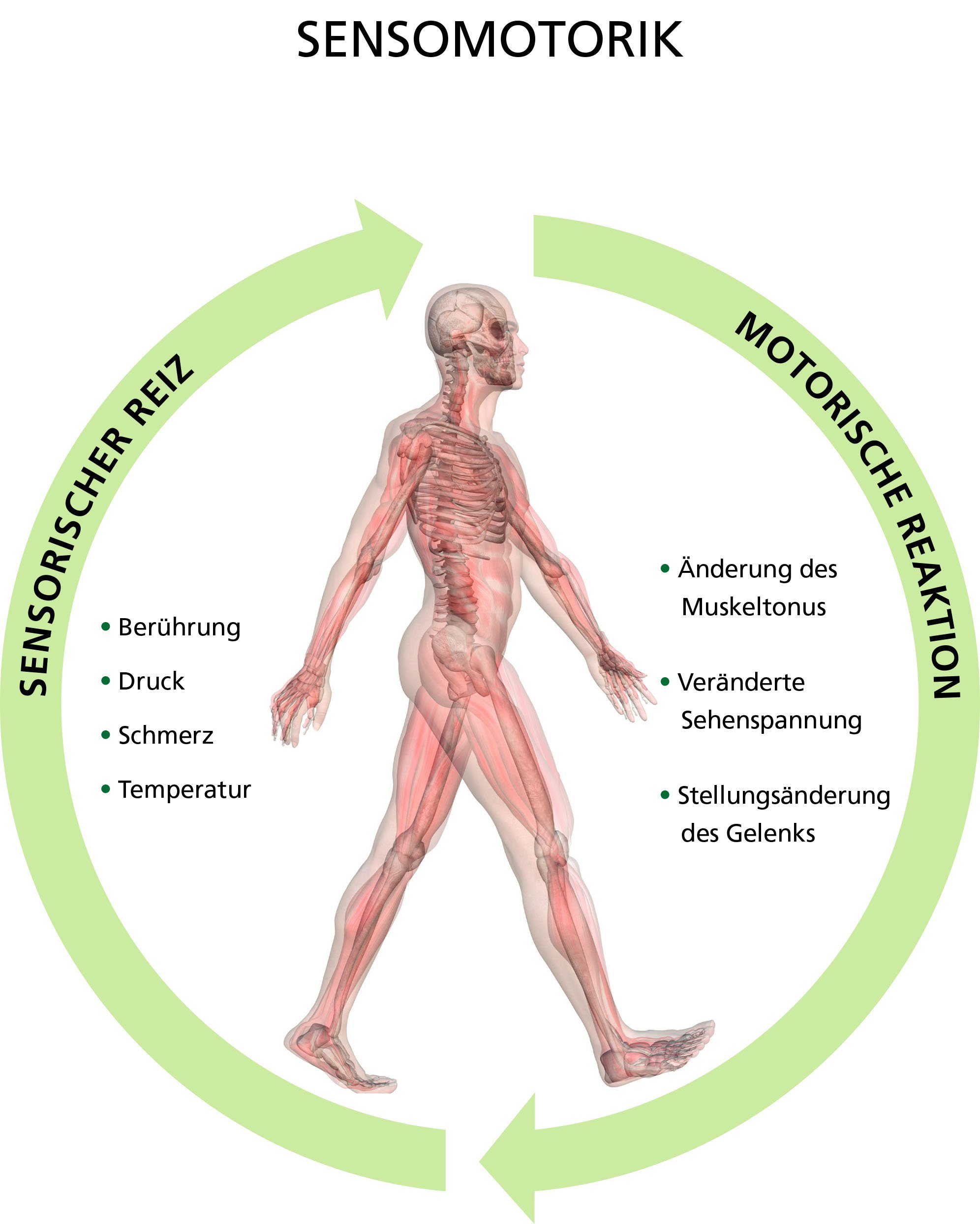
Fig.: Symbolizes the processes of sensorimotor function, © Laube, Orthopädieschuhtechnik 7/8 2017
What does this mean in practical terms? If the foot strikes a sharp object, for example, the sole of the foot reports the unpleasant or even painful sensation via the nervous system to the brain, which processes this information. It accesses stored information and quickly creates a movement pattern as a reaction to avoid the pain or even the injury. Either unconscious reflex-like movements are carried out or muscles are consciously activated to relieve the affected leg or foot. The pressure on the foot is reduced and the pain signals decrease.
Our sensorimotor system can be cared for, trained and activated, even when we are not playing in the national soccer league. Training effects for good sensorimotor function can be achieved with foot gymnastics and gripping exercises, yoga for the feet, but also by frequently walking barefoot on different surfaces.
However, we rarely walk around with bare feet, but protect our feet with socks and shoes in our daily lives. This raises the question of how we can maintain and support the functionality of our sensorimotor system as much as possible?
SIf the shoes are too tight, especially in the forefoot area, if they are too soft or too hard or if the heels are too high, they change the biomechanical load processes when walking and standing. Sensory information is altered or incompletely transmitted. With increasing age, the sensitivity of the soles of the feet decreases, meaning that older people are no longer able to receive and process messages from the brain about the ground conditions and the current position of the body in space as accurately, quickly and comprehensively. This is why it is particularly important in old age to fit the foot with a shoe that protects it, gives it space but also supports it, limits the effects of the loss of sensitivity and promotes the remaining sensitivity.
